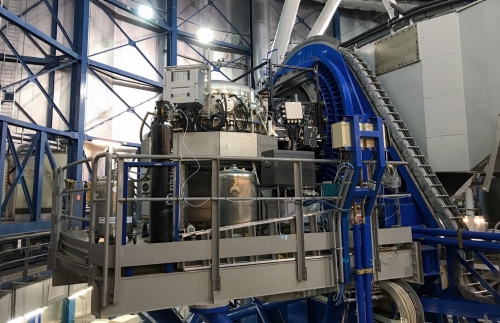The installation of the upgraded CRIRES at the VLT, also known as CRIRES+, was completed in late February last year, with first light expected to happen shortly after. However, the COVID-19 pandemic forced the delay of the Commissioning for almost a year. With the ramping up of the Paranal Observatory in November 2020, the CRIRES instrument was reactivated on the 4th of December 2020 and the commissioning activities took place starting on January 18th, 2021 with 8 nights and February 18th with 6 nights. Due to the deadline for the call for proposals only the results of Commissioning 1 could be included and the instrument is offered during Period 108 with a subset of modes.
CRIRES+ Sees First Light on the Very Large Telescope and Is Now Offered for Period 108

The overall throughput of CRIRES+ is around 10-15% higher than that measured with the original CRIRES. A radial velocity precision of 3 m/s with the short gas-cell has been determined on 20 s exposures. The thermal background is < 0.05 e-/pixel, making the instrument about 33 times darker than the original CRIRES. The simultaneous wavelength coverage is increased by a factor of ten with respect to the original instrument.
The Spectral resolving power for the 0.2” slit measured during commissioning was less than the expected resolving power of 100,000. There are some (expected) variations with echelle grating angle and R>100,000 has been measured in some configurations. Full characterisation is ongoing, and several options exist for recovering the expected spectral resolution.
The new CRIRES Data Reduction Library (DRL) package is ready. The DRL supports all the offered observing modes and provides the community with both science and publication-ready data products. The new CRIRES User Manual has been published and the optimized ETC will follow. A Commissioning 3 is planned from the 26st of April to the 2nd of May 2021. A possible additional commissioning is being discussed for August 2021 with the subsequent science verification run.
The technical specifications as offered for astronomical observations are available from the CRIRES instrument pages. Further information can be obtained from the User Support Department.
